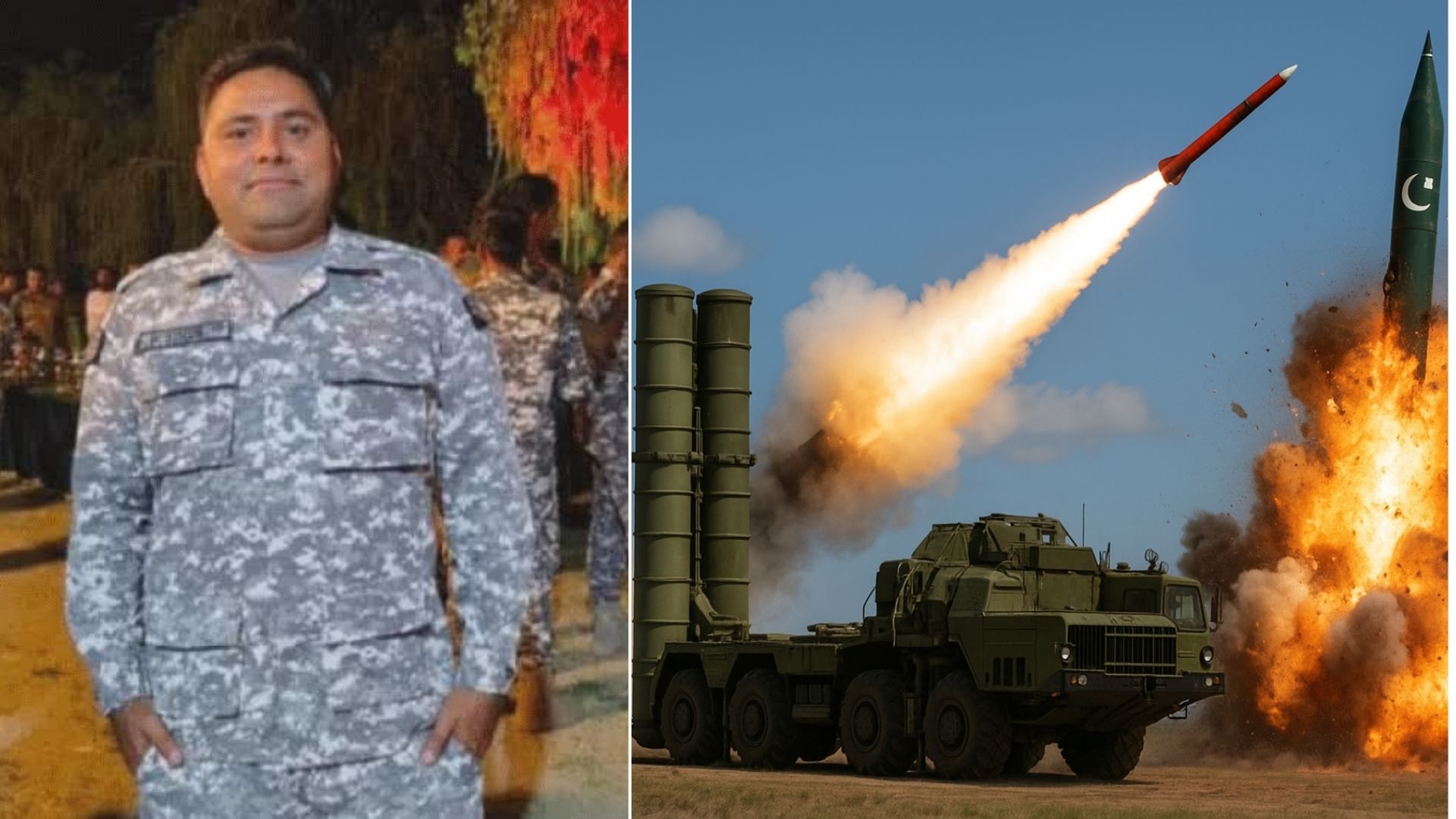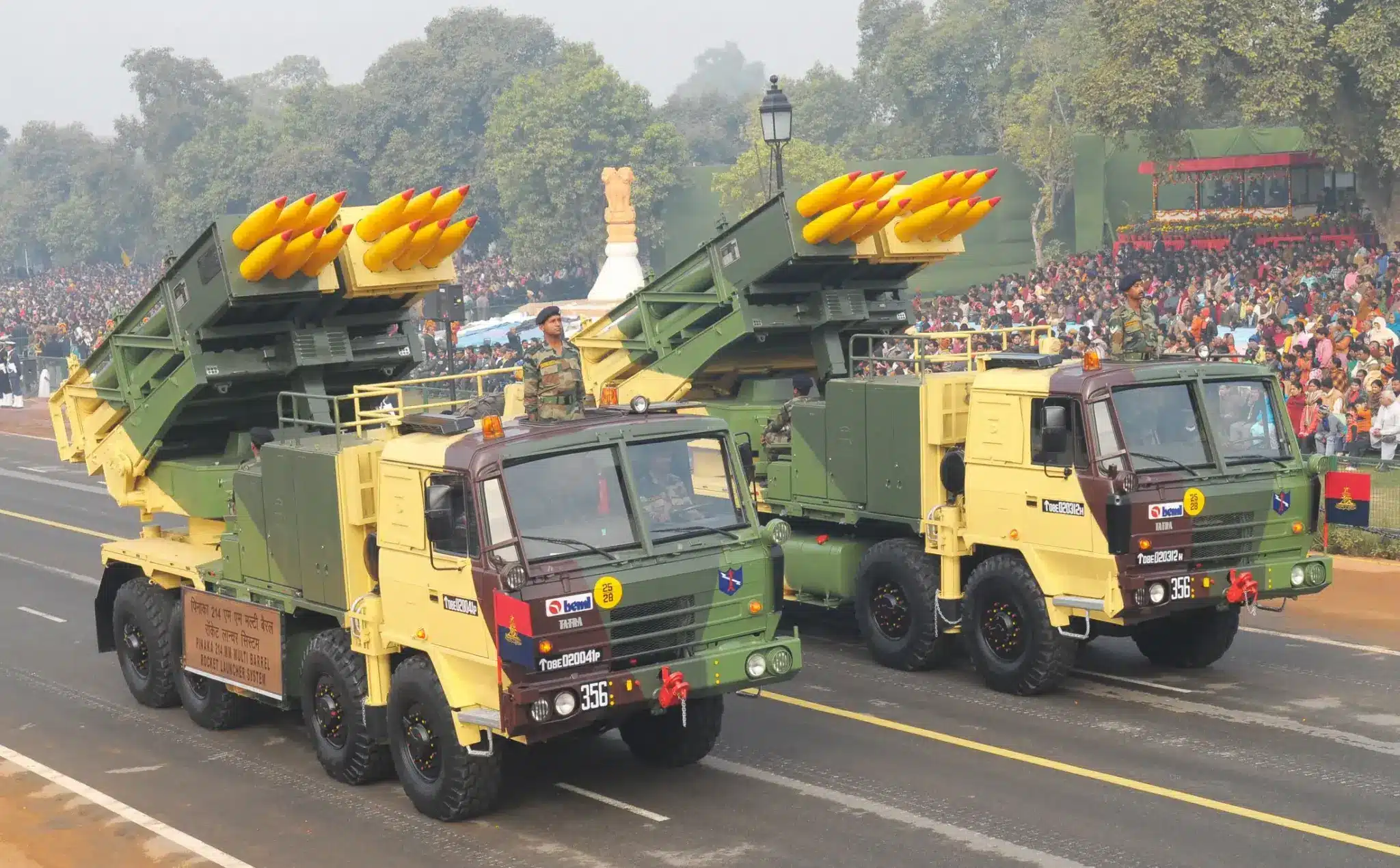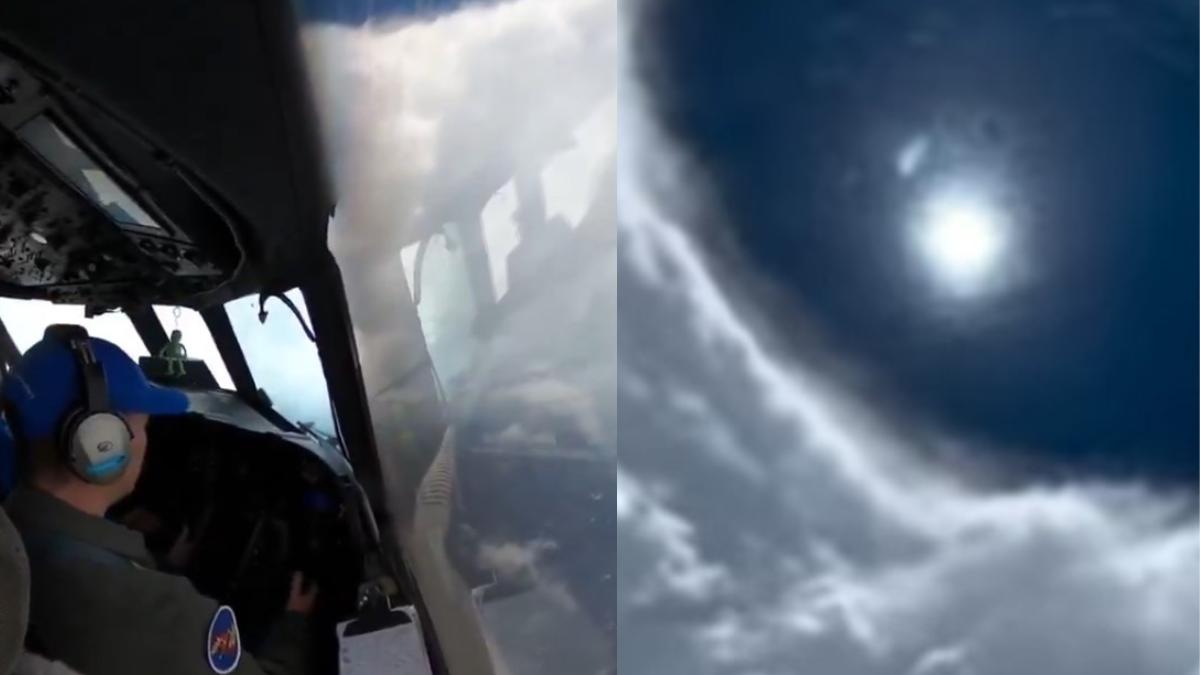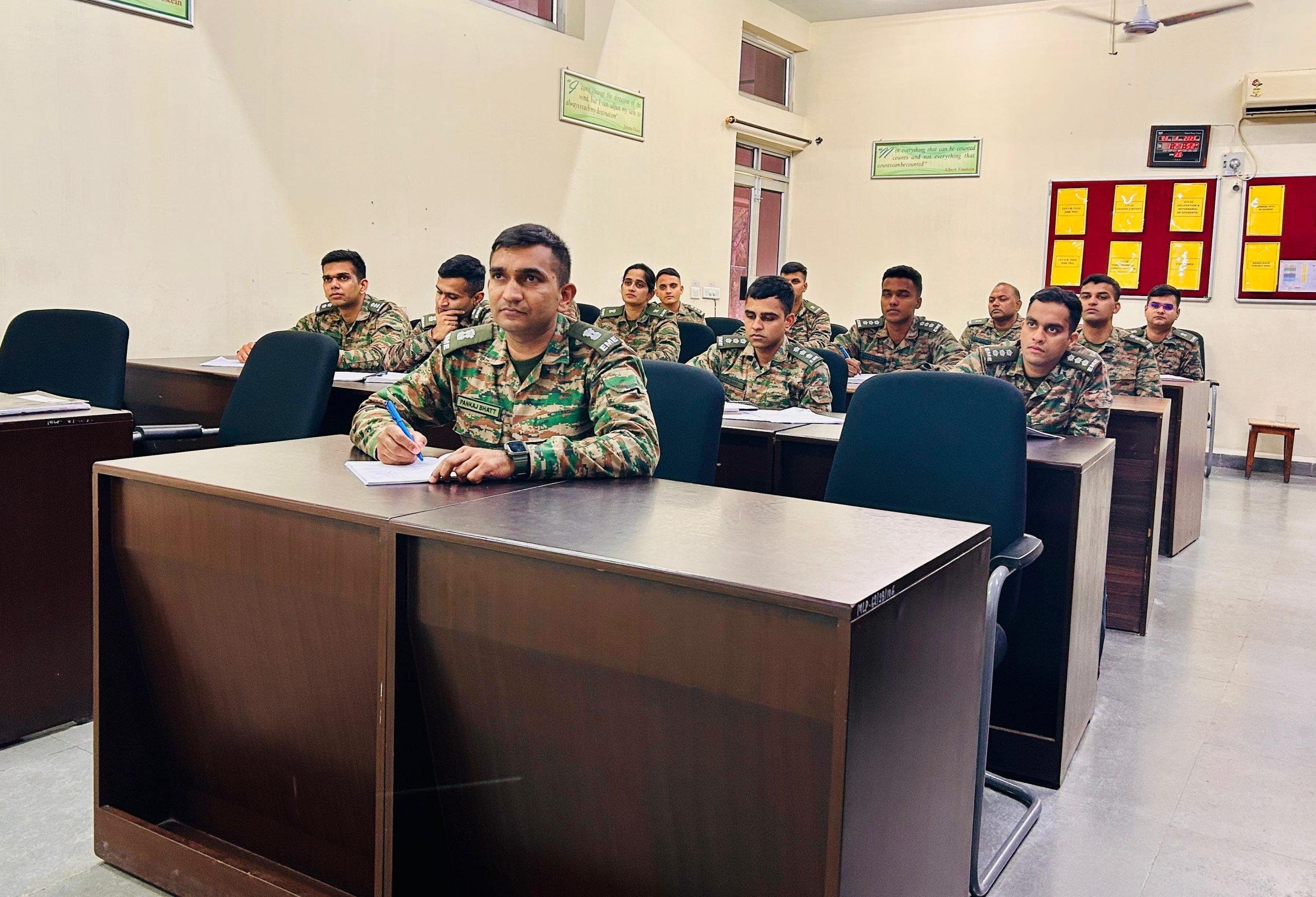India Successfully Test-Fires Agni-5 Intermediate Range Ballistic Missile
India today successfully conducted the test-firing of its Agni-5 Intermediate Range Ballistic Missile (IRBM) from the Integrated Test Range (ITR),…
Operation Sindoor Enters NCERT Classrooms: A “Mission of Honour” Against Terror
Over three months after Operation Sindoor, the National Council for Education Research and Training (NCERT) has introduced new supplementary modules…
S-400 Operator Debunks PAF Claims of Hitting Indian Air Defence System in Operation Sindoor
Retired Indian Air Force veteran Sergeant Bhale Singh, who served on the advanced S-400 Triumf air defence system, has clarified…
DRDO Confirms Guided Pinaka Can Be Adapted for Anti-Ship Role
In a major boost to India’s indigenous defense capabilities, DRDO Chairman Dr. Samir V. Kamat announced that the Guided Pinaka…
US Air Force Plane Flies Into Eye of Hurricane Erin, Captures Rare Footage
The US Air Force Reserve released a dramatic video showing a hurricane reconnaissance aircraft flying directly into the eye of…
Major Pankaj Bhatt Wins Top Honour in National Essay Competition on Operation Sindoor
Major Pankaj Bhatt, a participant in the Aviation Technology Course at the Military College of Electronics and Mechanical Engineering (MCEME),…





